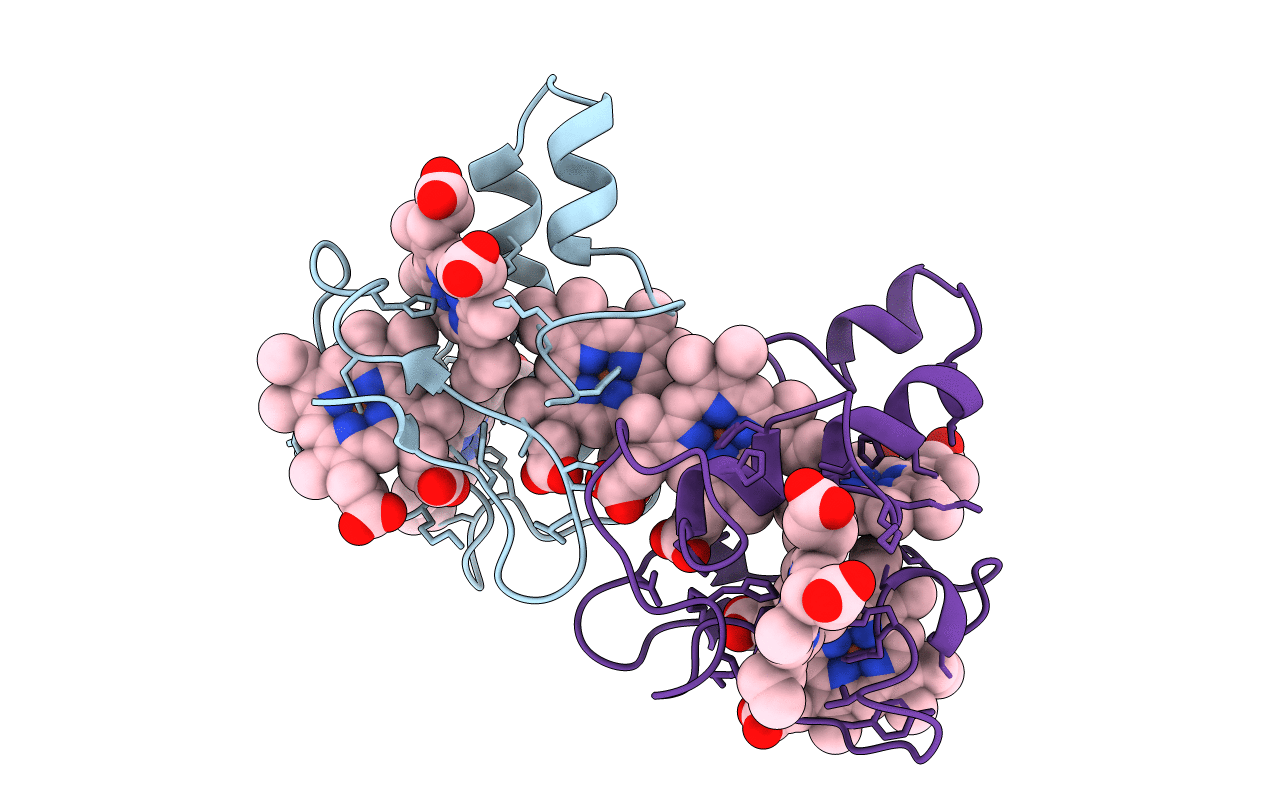
Deposition Date
1998-09-08
Release Date
1999-05-04
Last Version Date
2024-10-23
Entry Detail
PDB ID:
1MDV
Keywords:
Title:
KEY ROLE OF PHENYLALANINE 20 IN CYTOCHROME C3: STRUCTURE, STABILITY AND FUNCTION STUDIES
Biological Source:
Source Organism:
Host Organism:
Method Details:
Experimental Method:
Resolution:
2.30 Å
R-Value Free:
0.29
R-Value Work:
0.22
R-Value Observed:
0.22
Space Group:
P 4


